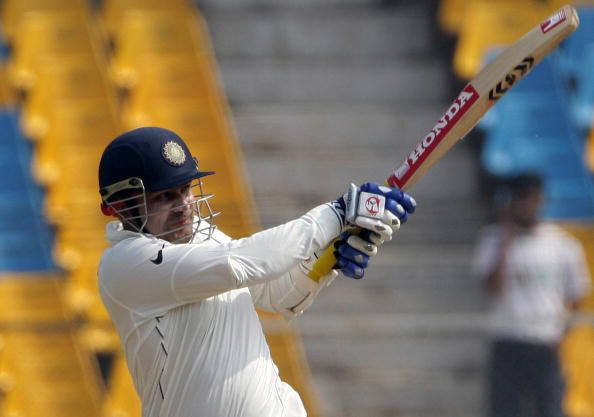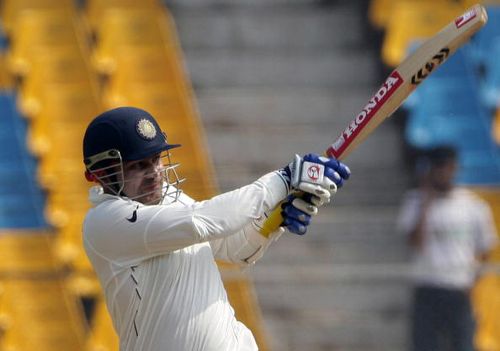
Living and dying by the sword
“Kanhai also, in one or two innings that he played, even in the first innings of the Oval Test, made a bad stroke and then the next ball made a worse stroke and got out to it. He did that quite a few times. But it is the same Kanhai who hit 77 in ninety-three minutes, one of the most brilliant innings I remember seeing for a long time. If he is going to do the second, you have to make up your mind to accept the first. You can’t have it both ways.” - CLR James
West Indian scholar and cricket historian CLR James had a very high regard for the audacity of Rohan Kanhai’s strokeplay, but he conceded that such audacity sometimes end in distress. If we are going to be thrilled when the star batsman dismembers the opposition’s attack, then we should be forgiving when he fails in the effort.
I recalled the above passage recently when I discovered that Indian opener Virender Sehwag was dropped, justifiably so, from the Test side. The adventurer has performed the job of opening batsman in a manner more belligerent than probably anyone in history. Few batsmen have battered the new ball like he has, and purists looking on saw his approach as heretical.

Virender Sehwag hits one his trademark shots to the boundary
Not that they thought he would last; that is not how Test match batting was done, especially from the top of the order. It was bad enough that he would dare to attempt this high-octane method; that he became so successful, averaging mostly over 50, was to rub salt in the wound.
After all, others before him had tried, with the best of them having only limited success, thus solidifying the view that the role of the opening batsman was to carefully see off the shine before seeking to take the ascendency. Turning common wisdom on its head, Sehwag attacked from the start and never slowed. A hundred at less than a run-a-ball was commonplace for him, and in 2008 in Chennai, South Africa suffered at his hands to the tune of 319 runs off just 309 deliveries. There was also another rapid triple that rolled over Pakistan in Multan in 2004.
But batting in such a manner has its pitfalls. The daring shot is exhilarating when it comes off, reckless when it doesn’t. A shot is only “bad” when you get out playing it.
The scorching drive through the covers is a thing of beauty when it whistles to the boundary, but insipid when it when it peels off the edge into the grasp of the slip-fielder or miscued into the chest of the man at mid-off.
Somewhat understandably, falling to the big shot at inopportune times can have serious consequences. To cite just one example: Damian Martyn was trying to eke out a painstaking victory in a low-scoring game against South Africa in Sydney in January 1994. He was six from 59 balls, and Australia were 110/8, searching for 117, when he aimed a lavish drive over cover and was caught. Australia then plummeted to defeat by six runs and Martyn, a classically forthright batsman, was made a pariah after that season, never wearing his country’s colours again until he was recalled for ODIs in 1997 and Tests three years later.
Had the shot been successfully executed, sending the ball beyond the boundary, Australia would most likely have won (it would at least have been a tie). Martyn would have been engulfed into the ecstatic embrace of his comrades as he ran to the pavilion, and would have been hailed a hero instead of being ostracized as an outcast.
Followers of the great game should consider their reaction to the batsman who falls while playing forcefully. If you rapturously applaud the rousing shot, you should also be prepared to forgive the rousing attempt that goes awry. The shot that sends the ball into the stands is the same shot that gets the batsman caught on the boundary. Disappointment may be in order but castigation is unnecessary.
As Sehwag ponders how to make his way back into the Indian side, he, and perhaps his trusted advisors, will undoubtedly be dissecting his batting technique. It might be unwise, however, for them to seek to alter his aggressive approach. The fact that he became one of the most successful opening batsmen in history playing the way he does must mean something. Additionally, its value to his team and its entertainment value have been immense. Cricket fans owe him a debt of gratitude.